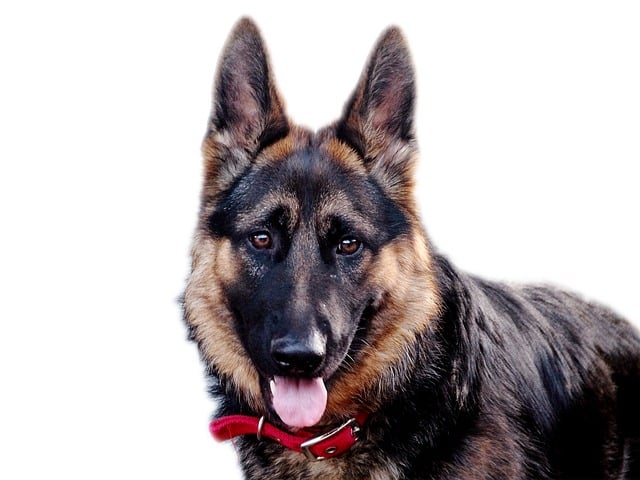
How to Train a Black Wolf Dog to Be a Hunting Dog?
Training a black wolf dog to channel its natural instincts into hunting requires patience, consistency, and a good grasp of both their needs and local rules.
The timeline for a puppy’s full training stretches beyond simple commands—it’s a journey tied to their development, your patience, and the rules of the world they’ll navigate. Most owners see noticeable progress by 6 months, but true reliability often takes 12 to 18 months, especially for complex skills like off-leash recall or staying calm in busy public spaces.
Puppies mature at different rates, much like kids. A small breed might master house training by 4 months, while a larger breed with a slower-developing bladder could need an extra month or two. This isn’t just about convenience; in places like Germany, failing to control a dog in public can lead to fines under the Federal Dog Act, making consistent training a legal as well as practical necessity.
Socialization plays a huge role in this timeline. By 14 weeks, puppies hit a critical window where positive interactions with other dogs, people, and environments shape their behavior for life. Skip this, and you might end up with a dog that panics at the sound of a skateboard—a problem that’s harder to fix later. In cities like London, where dogs frequent parks and cafes, a well-socialized pup isn’t just pleasant; it’s essential for fitting into community life.
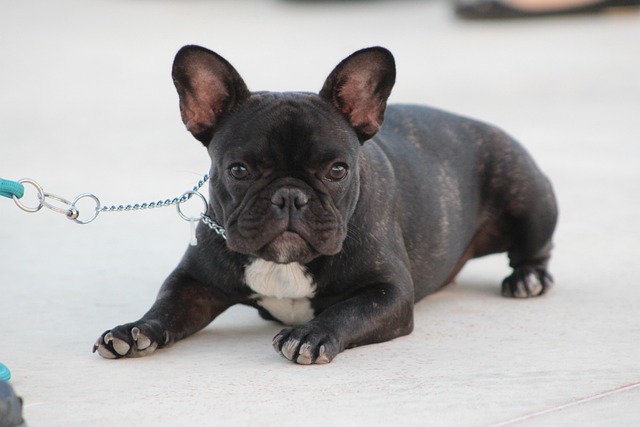 Obedience training builds layer by layer. Sit and stay might click in weeks, but resisting the urge to chase a squirrel during a walk? That takes months of reinforcement. Think of it like teaching a toddler to hold hands in a crowd—impulse control develops slowly. In states like California, leash laws require dogs to respond to voice commands in certain areas, so half-trained skills won’t cut it legally.
Obedience training builds layer by layer. Sit and stay might click in weeks, but resisting the urge to chase a squirrel during a walk? That takes months of reinforcement. Think of it like teaching a toddler to hold hands in a crowd—impulse control develops slowly. In states like California, leash laws require dogs to respond to voice commands in certain areas, so half-trained skills won’t cut it legally.
Consistency is key, but so is realism. A 10-month-old Labrador might ace training at home but struggle at a bustling farmers’ market. That’s normal. It means you’re both still learning. Celebrate small wins: the first time they ignore a stray cat, or wait politely at a crosswalk. These moments add up to a dog that’s not just trained, but confident in any situation.
So when is a puppy fully trained? When they can navigate the world—legally, safely, and happily—with your guidance. For some, that’s 12 months; for others, 18. What matters isn’t the exact age, but the trust you’ve built along the way. After all, a well-trained dog isn’t just a pleasure to own—they’re a testament to the time you’ve invested in understanding each other.

Training a black wolf dog to channel its natural instincts into hunting requires patience, consistency, and a good grasp of both their needs and local rules.
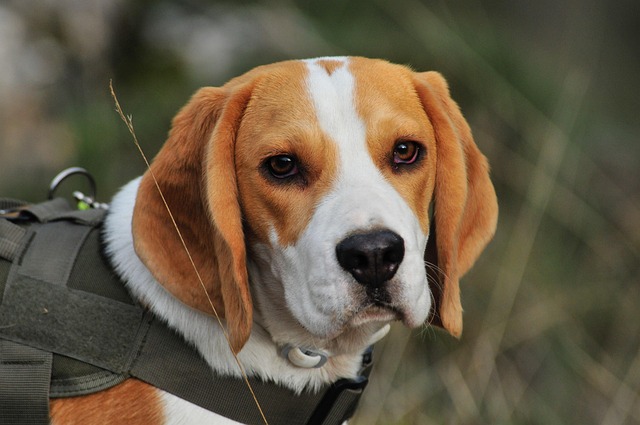
Imagine the pride when your Beagle paws at your palm on command—teaching this trick isn’t just cute; it’s a bonding experience that taps into your dog’s natural intelligence.

Beagles, with their curious noses and boundless energy, can turn potty training into a game of hide-and-seek if you’re not prepared.
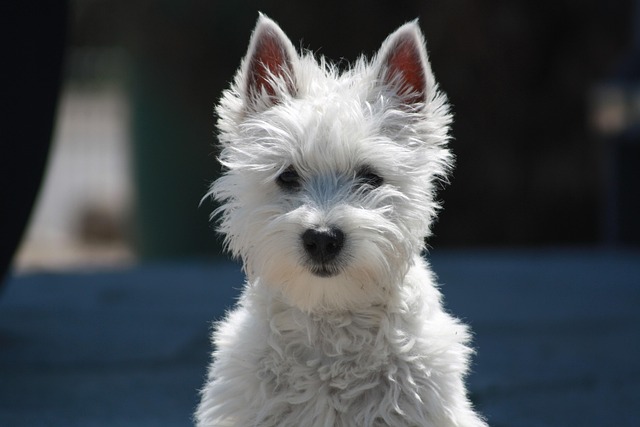
Finding unexpected messes around the house isn't just frustrating—it can strain the bond with your pup.The good news is that most dogs don't soil indoors out of spite;they're either confused,anxious,or following instincts they haven't learned to control.

That sinking feeling on your afternoon stroll is all too familiar: your happy-go-lucky pup transforms into a trembling, tail-tucked mess the moment a neighbor approaches.
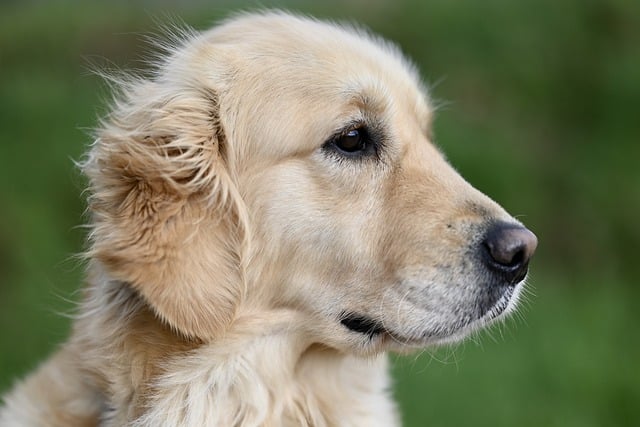
It’s deeply concerning when your once-confident pup starts cowering behind the couch when a friend visits or nervously backing away from a neighbor on your evening walk.